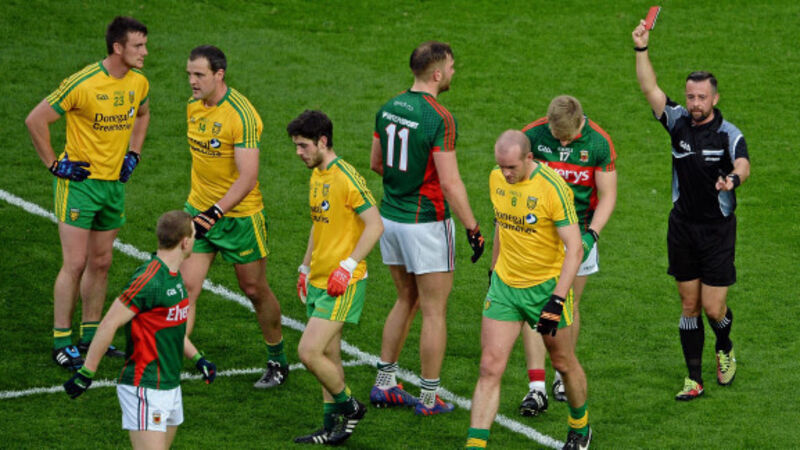Thu, 03 Sep, 2015 - 01:00
Thank you Eamon McGee. Thank you for your candid and refreshing honesty.
It’s good to know players actually realise they are guilty of the offences for which they routinely escape punishment.
CourtsSports ColumnistsVideoGAA Championship 2015Place: MeathPlace: DublinPerson: Eamon McGeePerson: EamonMcGeePerson: Kevin KeanePerson: Michael MurphyPerson: KeanePerson: Liam KeanePerson: David HallisseyPerson: David GoughPerson: HallisseyPerson: Lee KeeganPerson: KerryPerson: KeeganPerson: Johnny BuckleyPerson: BuckleyEvent: All-Ireland quarter-finalEvent: All-IrelandOrganisation: GAAOrganisation: CHCOrganisation: Central Hearings CommitteeOrganisation: CCCCOrganisation: Central Competitions Control CommitteeOrganisation: MayoOrganisation: CCCOrganisation: Hearings CommitteeOrganisation: DRA












